If you’ve ever wondered what it means to see “carved beams and painted rafters,” Shanxi is the place where that saying comes to life. These incredible structures were built by the hands of local artisans who sought to leave behind lasting symbols of their ancient culture. Shanxi’s legacy shines through its temples, ancient city walls, and unique architectural wonders, making it a must-visit destination for anyone interested in exploring China’s fascinating past.
As one of the top destinations for Asia travel, Shanxi offers a wealth of China tours with both historical significance and natural beauty. Here are some of the most captivating places to explore during your visit to Shanxi.
1. Datong Ancient City Wall: A Fortress of the Past
The Datong Ancient City Wall, located in the heart of Datong City in Shanxi Province, stands as one of China’s best-preserved ancient city fortifications. Dating back to the Qin and Han Dynasties, the city wall was originally constructed to defend against the nomadic Xiongnu people. With a history of over 2,000 years, this architectural marvel reflects the military ingenuity of ancient China.

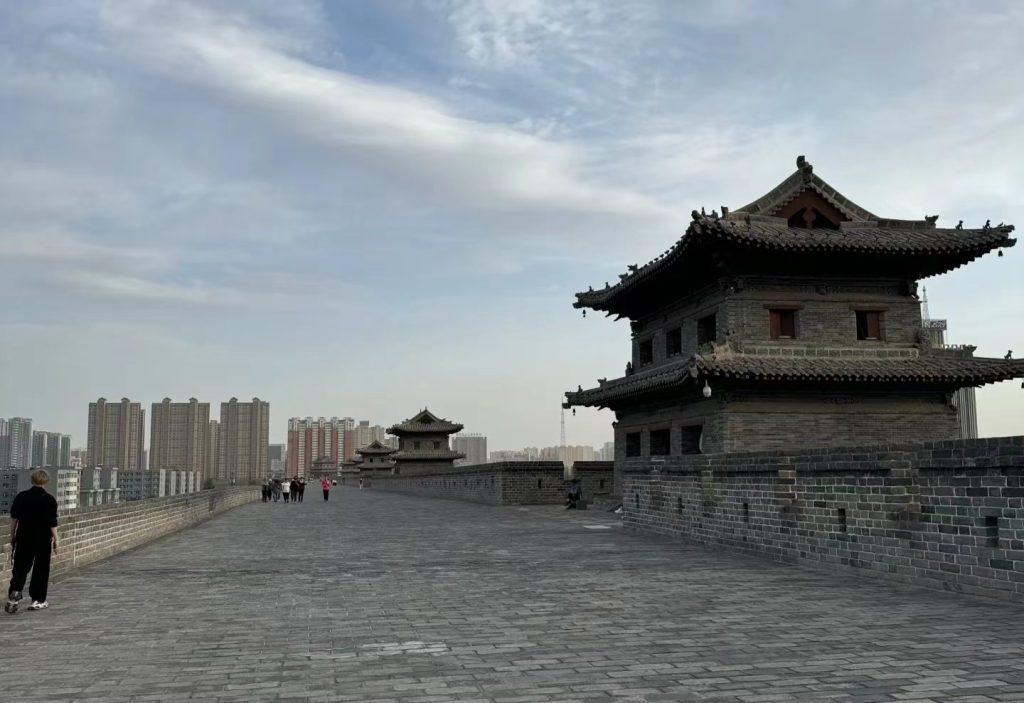
The city wall features four main gates, each of which has two smaller gates for convenient access. The gates are adorned with imposing watchtowers, including moon towers, arrow towers, and observation towers, while protective features like the moat and outer defensive walls provide an added layer of security. Standing atop the city walls offers a stunning view of the surrounding area, making it one of the top attractions in China tours for history enthusiasts.
2. The Hanging Temple: A 1,500-Year-Old Wonder
The Hanging Temple (Xuankong Temple), located in the steep cliffs of Hunyuan County in Shanxi, is a must-see wonder. Built during the Northern Wei Dynasty in 491 AD, the temple was constructed by the followers of Taoism, Buddhism, and Confucianism, making it a rare example of a temple that integrates three distinct religions. Suspended precariously from the cliffside, it appears as though it is floating in mid-air, offering an awe-inspiring sight for visitors.

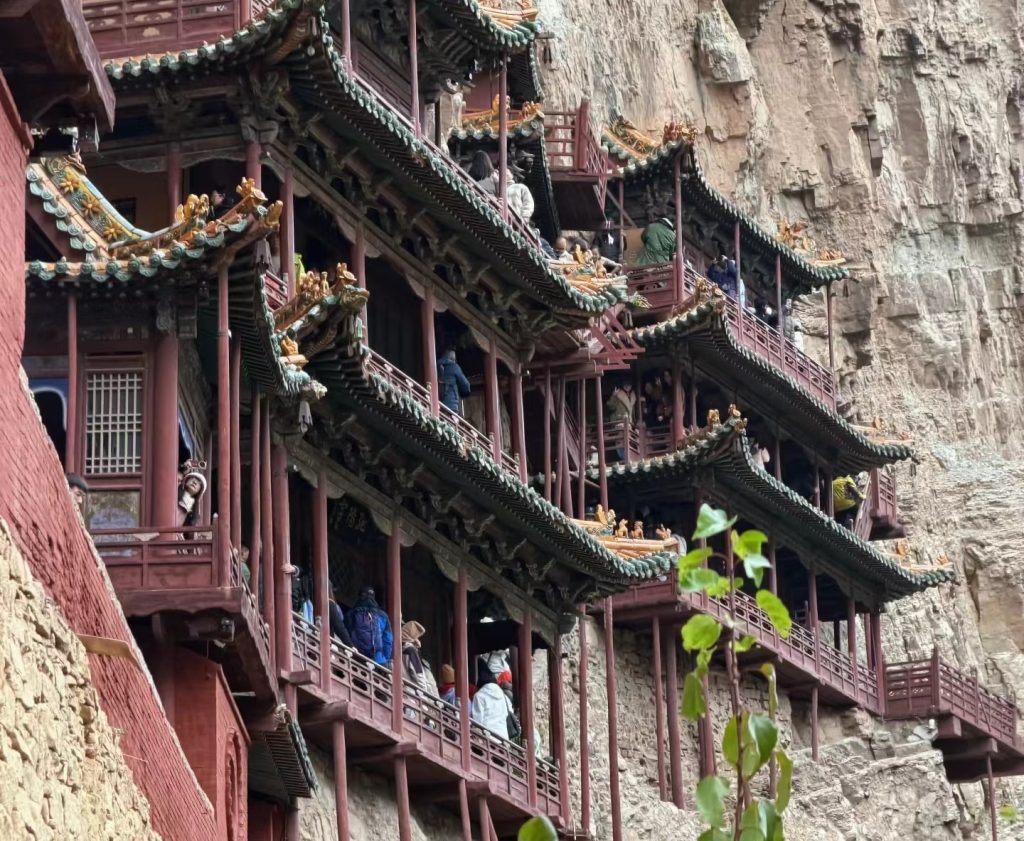
Named after the Taoist concept of “Xuankong” (meaning “mysterious emptiness”), the temple’s structure is a blend of spiritual significance and architectural innovation. Despite its age, the Hanging Temple continues to draw pilgrims and tourists alike, offering an unforgettable glimpse into China’s diverse spiritual traditions.
3. Yingxian Wooden Pagoda: A Millennium of Engineering Marvel
The Yingxian Wooden Pagoda is one of the oldest and tallest wooden structures in the world, built in 1056 during the Liao Dynasty. Standing 67 meters tall, the pagoda is held together without a single nail, relying instead on a sophisticated system of interlocking wooden joints (mortise and tenon). Its design is a testament to the exceptional craftsmanship of the time.
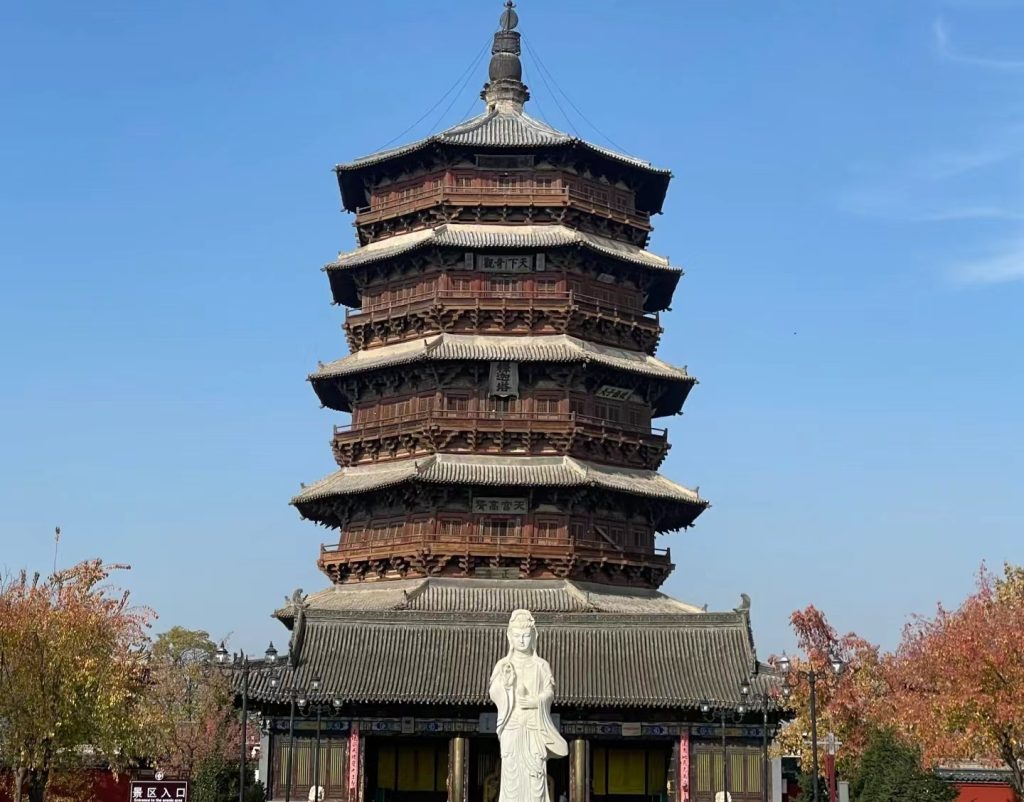

Known as one of the three great pagodas of the world, alongside the Leaning Tower of Pisa and the Eiffel Tower, Yingxian Wooden Pagoda has remained remarkably stable despite its age. However, it is now slowly tilting due to natural factors, adding to its urgency as a “must-see” attraction before further damage occurs.
4. Yanmen Pass: A Site of Heroic Struggles
Yanmen Pass, located at the foot of the Yanmen Mountain, is one of the most famous military sites in China. It was here that historical figures such as Wang Zhaojun and Li Mu once passed through, with their stories of war, diplomacy, and defense echoing through the ages. The impressive statue of the Yang Family Generals at the entrance of the site, alongside the ruins of ancient military structures, paints a vivid picture of the past.
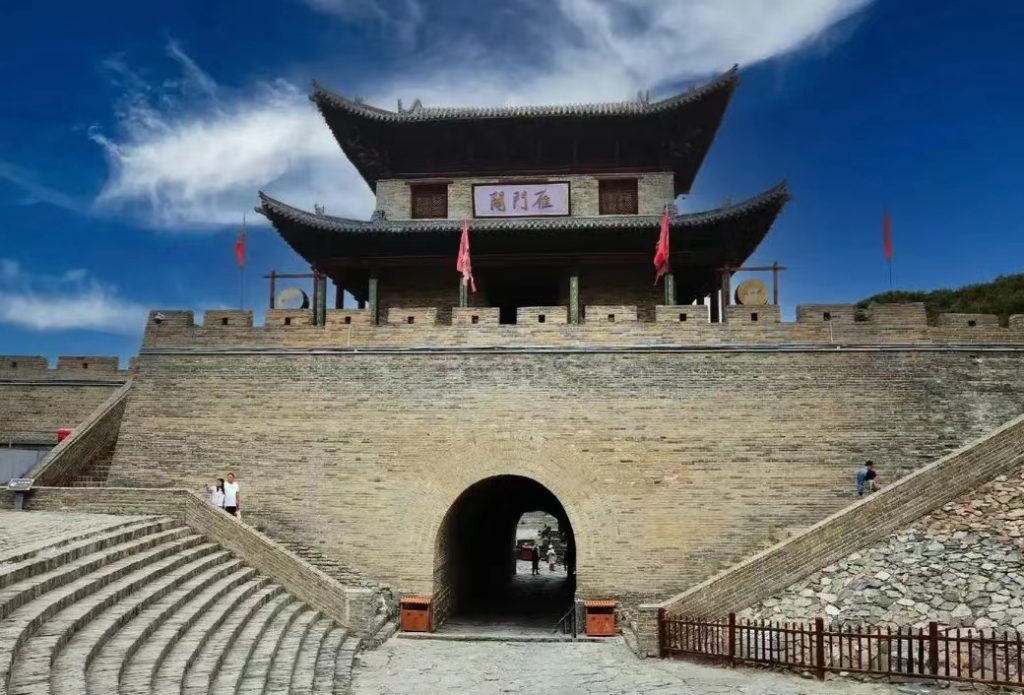
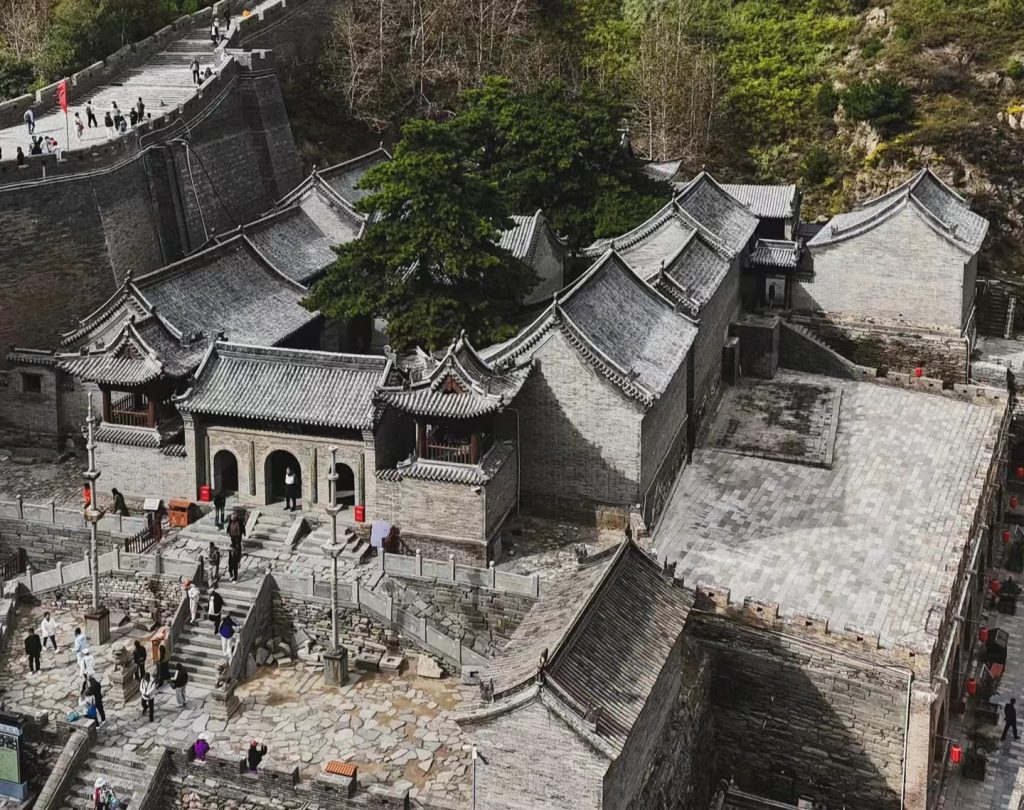
Climbing the ancient Great Wall at Yanmen Pass is an experience like no other. As you ascend the walls, you are rewarded with breathtaking views of the surrounding mountains and valleys. Yanmen Pass, with its rich history and dramatic landscape, remains one of the most awe-inspiring places to visit in Shanxi tourism.
5. Wutai Mountain: A Sacred Buddhist Haven
Wutai Mountain is a UNESCO World Heritage Site and one of the most sacred Buddhist mountains in China. Known as the “Mountain of the Five Terraces,” it is revered as the home of Manjushri, the Bodhisattva of Wisdom. Pilgrims from all over the world come to Wutai Mountain to experience its serene atmosphere and connect with Buddhist teachings.

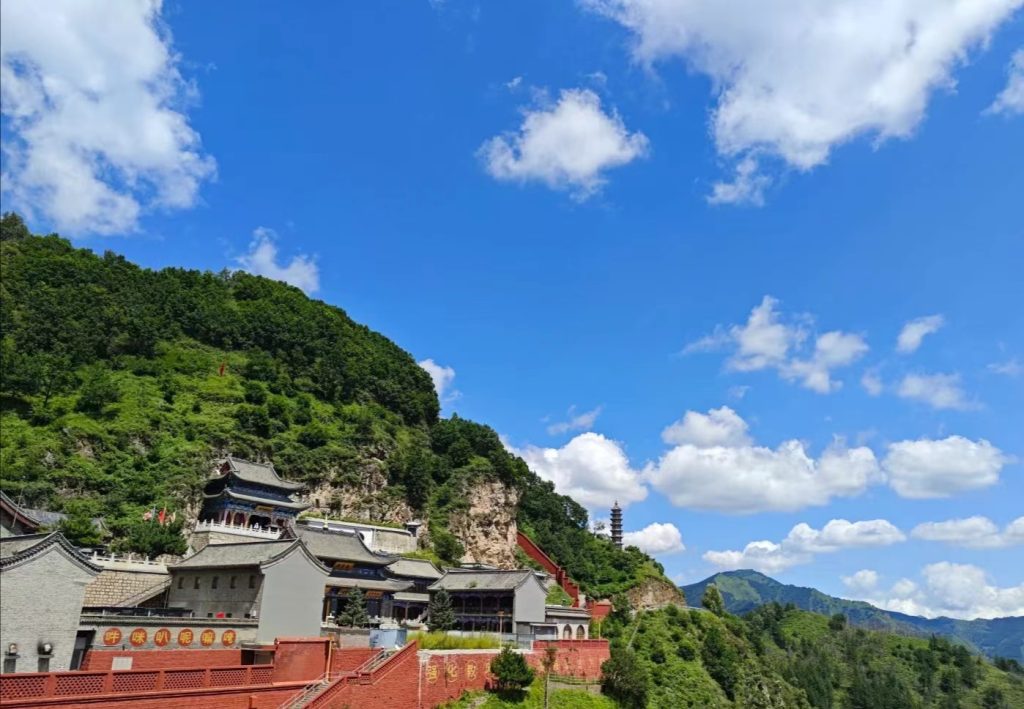
The Bodhisattva Summit offers stunning panoramic views of the mountain range, while the Great Wutai Monastery is a spiritual center for meditation and reflection. Visitors can also enjoy the peaceful ambiance at local temples like the Pu Hua Temple, which serves delicious vegetarian meals and provides a tranquil escape from the outside world.
6. Pingyao Ancient City: A Living Piece of History
Located in the heart of Shanxi, Pingyao Ancient City is one of China’s best-preserved ancient walled cities, with over 2,800 years of history. The city’s traditional architecture, narrow alleyways, and historical buildings transport visitors back in time, offering a rare glimpse into China’s merchant culture.
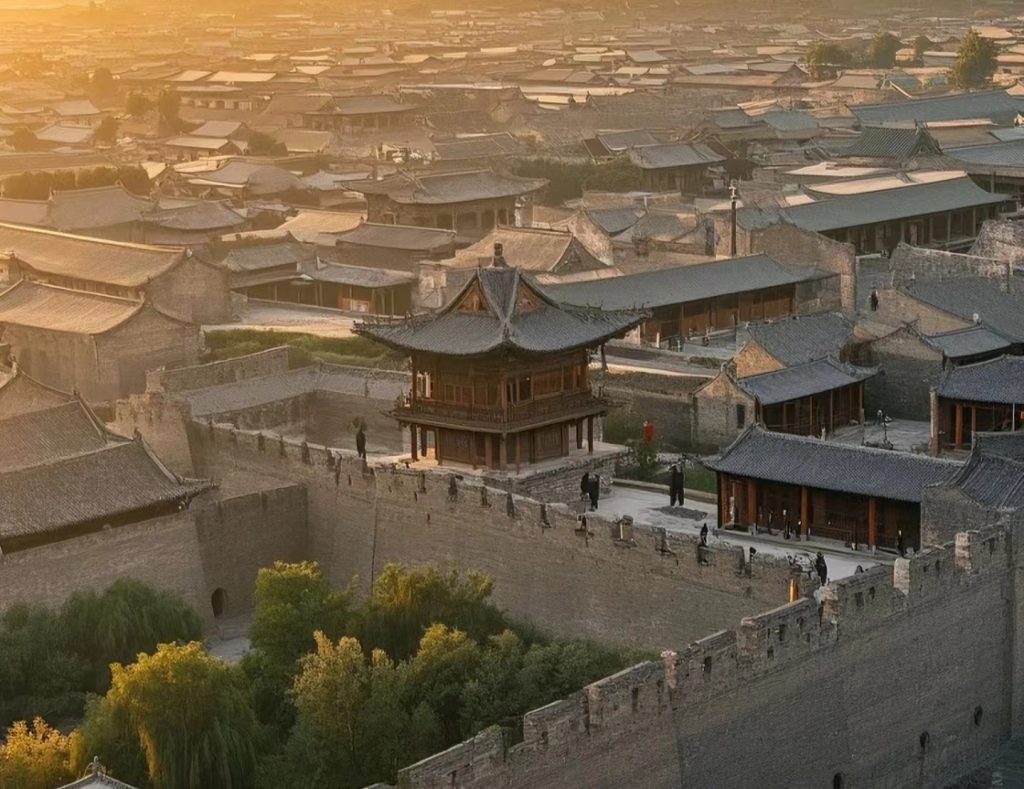
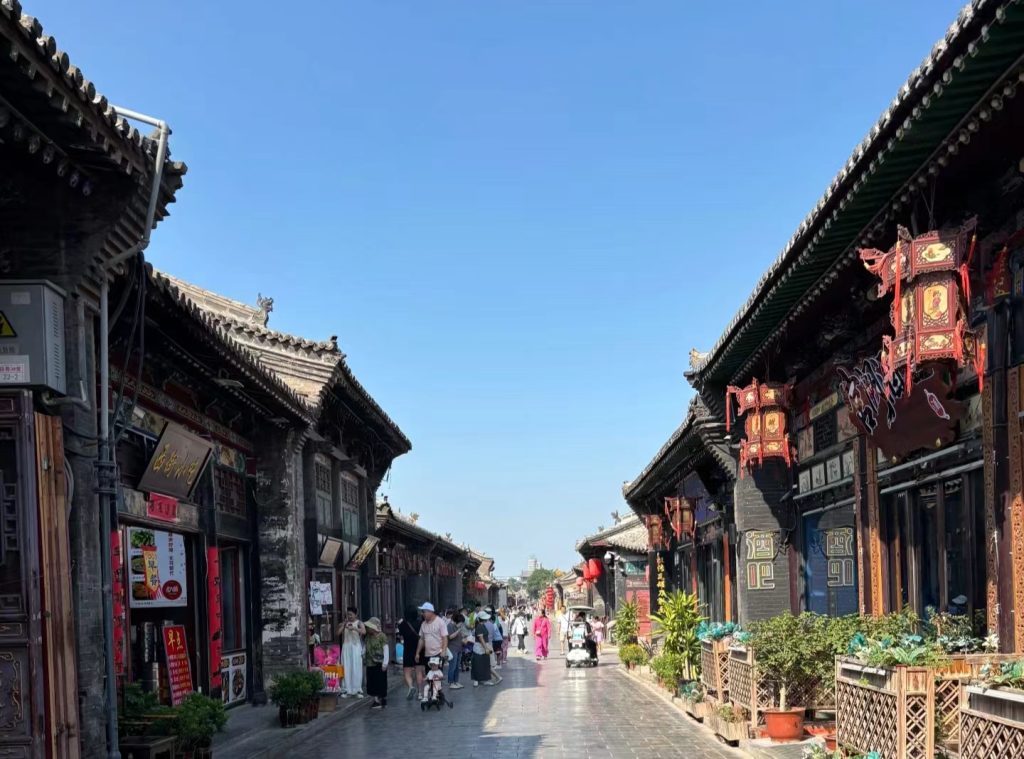
A highlight of Pingyao is the Rishengchang Bank Museum, the birthplace of China’s banking system. Here, visitors can learn about the Jin merchants and the development of China’s early financial systems. The city also features historic buildings like the Confucian Temple and the County Government Museum, where visitors can learn about ancient Chinese governance and justice.
7. Qiao Family Compound: A Glimpse into the Life of Shanxi’s Wealthy Merchants
The Qiao Family Compound in Qi County is a magnificent example of traditional Shanxi architecture. Known for its incredible craftsmanship and grandeur, the compound was home to the Qiao family, one of the wealthiest families in China during the Qing Dynasty. Its intricate design and impressive decorations reflect the wealth and social status of the family.
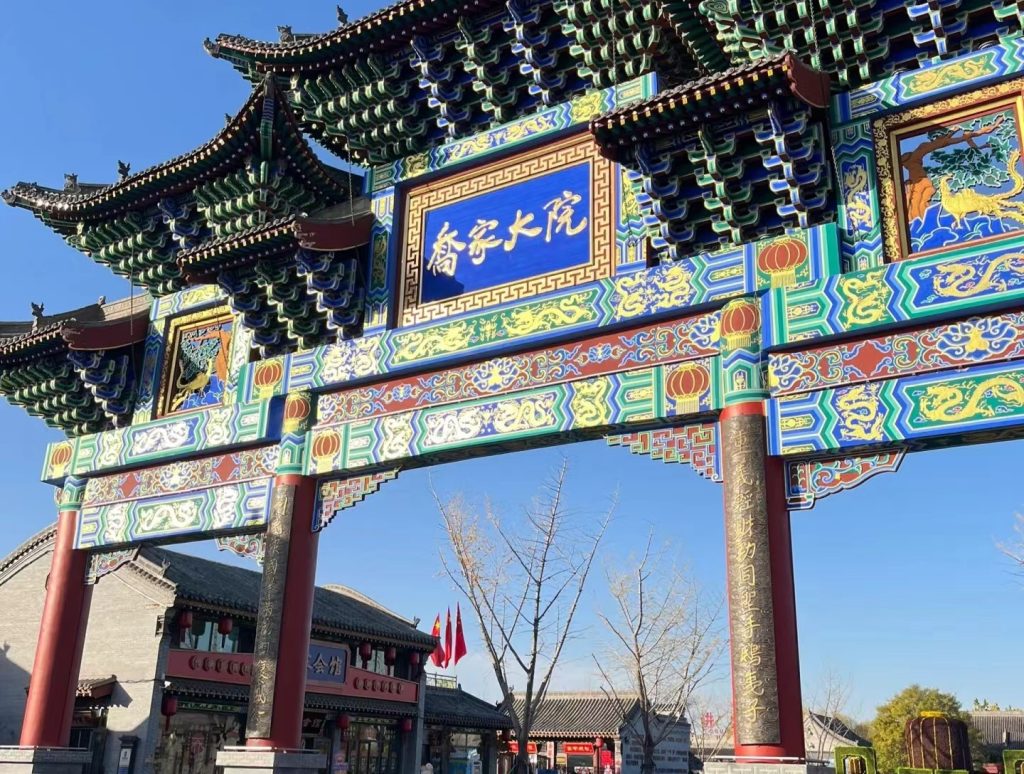

Visitors can explore the compound’s stunning courtyards, carved wooden beams, and beautifully decorated rooms. The architecture showcases the traditional Jin-style building techniques and offers insight into the life of Shanxi’s prosperous merchants.
8. Taihang Mountain Grand Canyon: Nature’s Majestic Masterpiece
For nature lovers, the Taihang Mountain Grand Canyon offers an unparalleled experience. Recognized as one of China’s most beautiful canyons by National Geographic, this dramatic landscape is a paradise for hikers and photographers. The canyon’s steep cliffs, crystal-clear waters, and winding pathways offer a breathtaking view of the natural world.

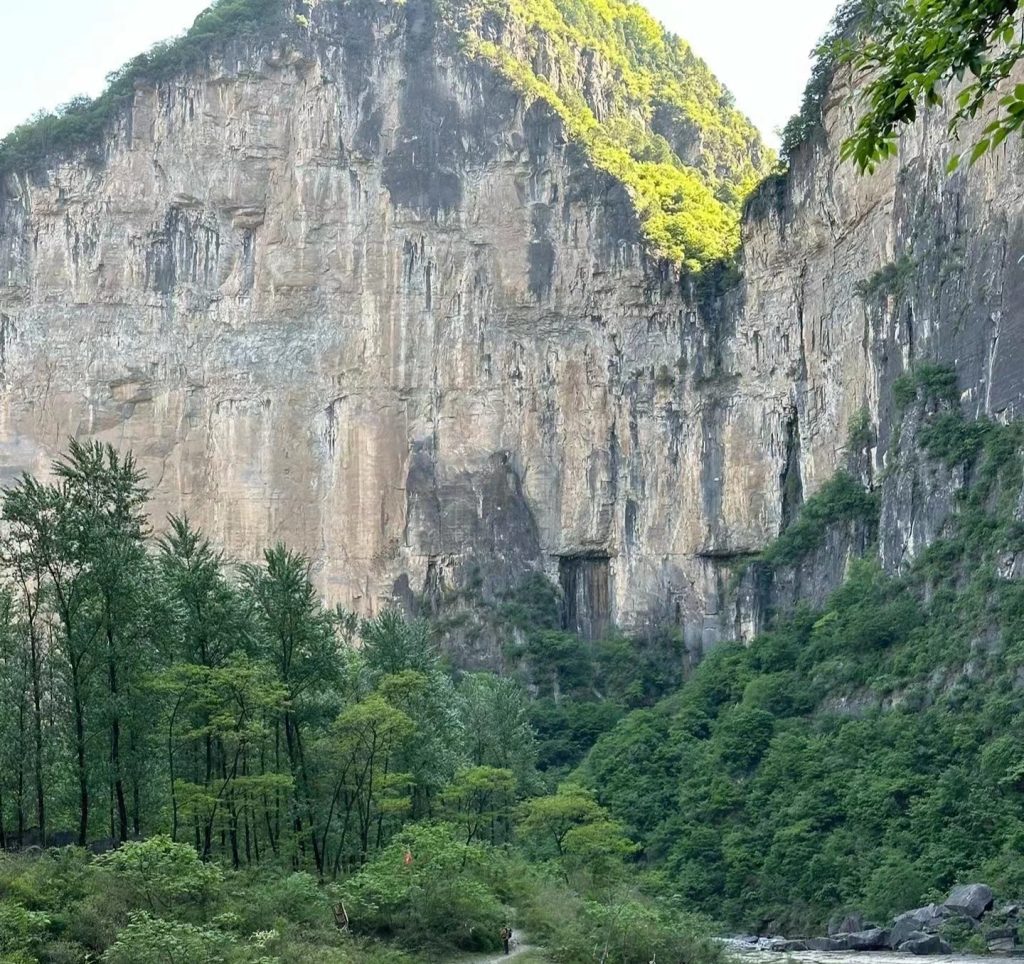
Highlights include the Baquan Gorge, with its towering cliffs and sparkling streams, and the Wangxiang Rock, where visitors can walk along an exhilarating cliffside path with views of the canyon below. Whether you’re hiking the canyon or simply enjoying the stunning views, Taihang Mountain is a destination that will leave you in awe.
Shanxi is a province that offers travelers an authentic experience of China’s history, culture, and natural beauty. From the awe-inspiring Hanging Temple to the ancient Datong City Wall and the majestic Yingxian Wooden Pagoda, every corner of Shanxi tells a story of a rich and fascinating past. Whether you’re seeking China tours with a focus on cultural heritage or you’re drawn to the things to do in the great outdoors, Shanxi has something for every traveler.
As you plan your Asia travel adventure, make sure to include Shanxi on your itinerary. It’s a place where ancient wonders and modern hospitality come together to create an unforgettable journey.